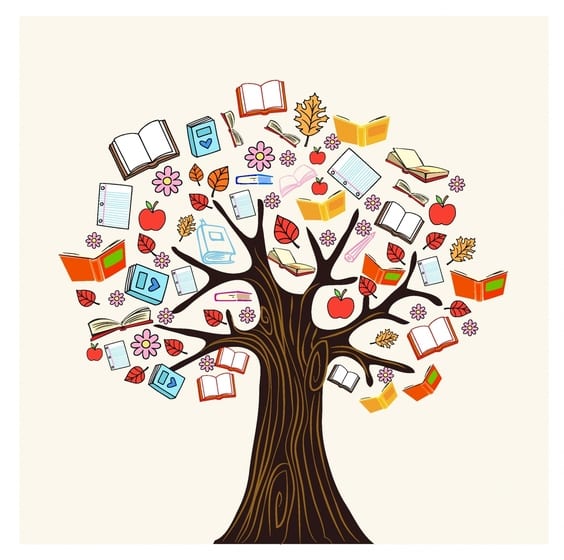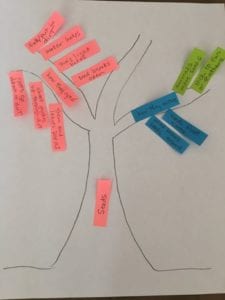
May 2020
In this issue, we focus on background knowledge, the second big idea about comprehension instruction in our book “Comprehension: Knowledge to Practice.” Thanks to the popular work of Natalie Wexler and Daniel Willingham, there is widespread recognition that knowledge helps readers take in new information, think about it, and retain it.
When the National Reading Panel (2000) cited reading comprehension as one of the five evidence-based pillars of reading instruction, “it failed to mention the strong evidence showing that the most important factor in comprehension isn’t mastering strategies; It’s how much knowledge a reader has of the topic” (Wexler, 2019). In fact, Wexler points out that all of the comprehension strategies NRP endorsed “rely on activating prior knowledge—which means they only work if a reader has enough prior knowledge to understand the text in the first place.” This has implications for beginning readers.
Comprehension can’t wait for decoding mastery; waiting until children can read the content themselves widens the information gap and allows it to grow to a detrimental—even insurmountable—scale.
How to Build Background Knowledge
Read alouds filled with rich language make it possible for students to build knowledge, vocabulary, and other comprehension strategies using text that is more complex and challenging than what they can read themselves. Because listening comprehension outpaces reading comprehension from early childhood through at least middle school, teachers should use listening-level text (i.e., text that is difficult for many students to read) as part of a comprehensive plan with beginning readers through intermediate and middle school years (Fisher and Frey, 2014).
Background knowledge and reading comprehension are interdependent; one is necessary to build the other. Instructional practices that are cumulative, deliberate, and engaging are effective because vocabulary and information are added gradually over time.
Researchers have shown that reading sets of texts that are conceptually or thematically related can be particularly beneficial for building knowledge (Wright, 2019). ReadWorks “Article-a-Day” uses sets of articles related by topic. This 10-minute daily routine is designed to increase students’ background knowledge, as well as vocabulary and reading stamina. Newsela, an online source of informational text, provides the same article written at five different Lexile Levels, making differentiation within a group of students possible.

It’s All About Being Explicit
Teachers must model for children how to select, organize, and remember content information. A teacher can use the Knowledge Trees activity described in “Comprehension: Knowledge to Practice” to demonstrate how to categorize and classify information to build networks and to facilitate recall. Each tree is a visual representation that captures the main idea and details for each text selection that students listen to or read. Imagine a classroom filled with a forest of knowledge trees that grows with each book that is read!